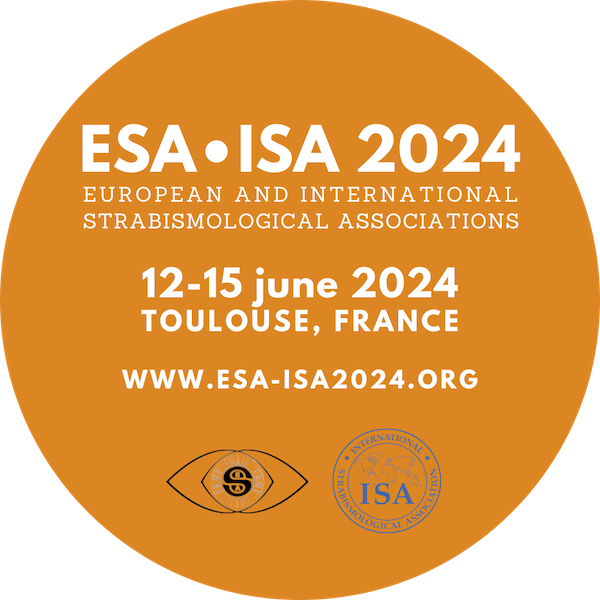
Session: Free papers Session II - Diagnostics & Amblyopia
The dynamic optotype (Dyop): a novel visual acuity test for use in children
Introduction: Recently, a new testing modality has been developed that uses a dynamic target visual assessment tool.
This study evaluates the "dynamic optotype" (Dyop), a simple visual acuity test based on a dynamic target that requires minimal knowledge of symbols and letters, in children.
Methods: A total of 160 consecutive, systemically healthy children, 4-17 years of age were prospectively recruited from the Pediatric Ophthalmology Unit of Meir Medical Center. Children were tested with the Dyop visual acuity test and the Early Treatment Diabetic Retinopathy Study (ETDRS) Lea numbers chart. The results of both tests were compared. The eye with the poorest acuity was tested with the new Dyop eye chart and the Lea numbers chart. The order of the testing was reversed between children. The logMAR visual acuity scores for each eye chart were compared.
Results: We found a strong linear correlation (r = 0.88) between visual acuity measures. The mean difference in visual acuity was -0.01 (95% CI, -0.02 to 0.01). The 95% limits of agreement were ±1.2 lines. The logMAR equivalent mean difference was about less than 1 letter. The Dyop test underestimated visual acuity relative to the Lea numbers chart.
Conclusions: The results of this study support the Dyop eye chart as a valid measure of visual acuity in children 4-17 years of age, with visual acuity ranging from 20/16 to 20/200.